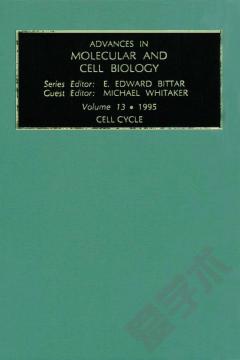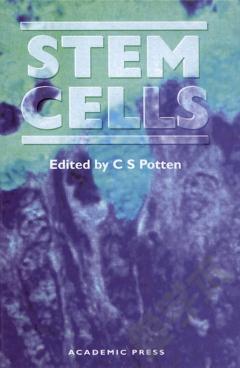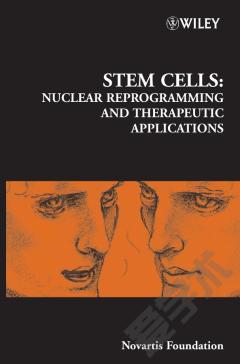Cell Cycle
There has been an enormous advance in our understanding of the regulation of the cell division cycle in the last five years. The leap in understanding has centered on the cell cycle control protein p34cdc2 and its congeners and on the cyclins. The most important insight to emerge has been that cell cycle control mechanisms and their participating proteins are very well-conserved through evolution. This has created a spectacular growth in knowledge as data from one organism have been readily applied to another. In this volume, there are sea urchin and frog eggs, as well as mammalian cells and yeast. There is also an illustration of how fruitful the genetic approach can be in other organisms than yeast with a chapter on Aspergillus nidulans. The cell cycle kinase has been well-characterized and has also been well-exposed in numerous proceedings volumes and collections. In this issue of Advances in Molecular Cell Biology, the cell cycle kinase is ever present, but in the early chapters it has a supporting role. Center stage are the regulatory mechanisms that control the kinase. The contribution that the centrosome (the organelle of cell division) makes to cell cycle regulation are described. The part played by calcium and calcium-controlled regulatory proteins is emphasized. The importance of phosphatase as well as kinase activity to cell cycle regulation is stressed. The last words are reserved for the mitotic kinase: the last chapters describe its effects and its regulation in cell-free systems.
{{comment.content}}








 京公网安备 11010802027623号
京公网安备 11010802027623号